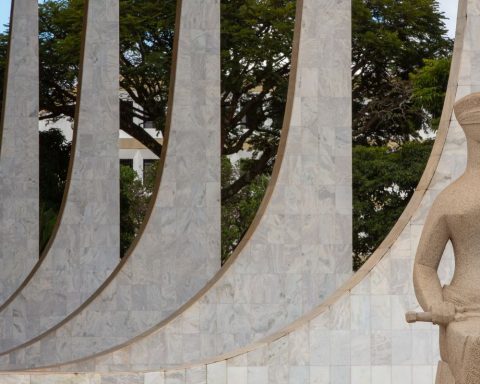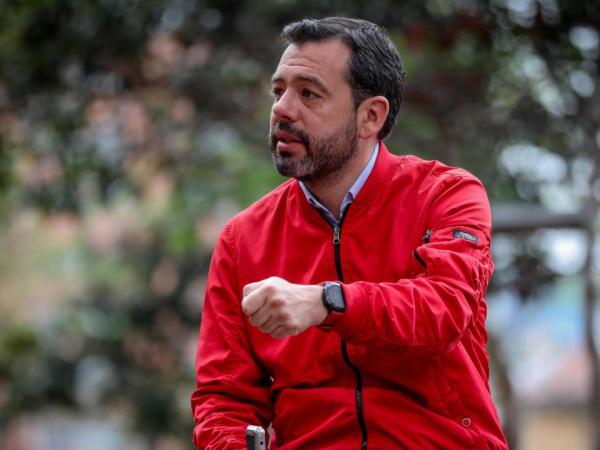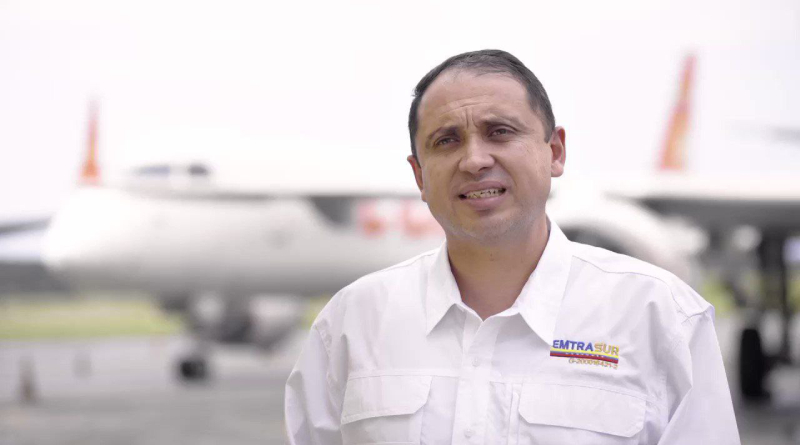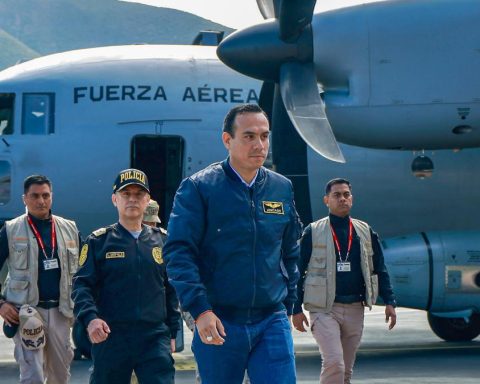The drought in the Amazon, among many other problems, has affected the lives of dolphins. The leader of the Mamirauá Aquatic Mammal Group, Miriam Marmontel, issued a warning about the serious situation that the animals are going through in the Lake Tefé region. To prevent deaths, she and her team have been carrying out emergency rescue operations for Amazonian dolphins of the red and tucuxi species.
According to Miriam Marmontel, last year, dolphins had already been victims of the weather conditions and hundreds of them, which are a symbol of the region’s culture and biology, died in the historic drought that hit the Amazon.
“The concern is that last year’s conditions of shallow water and high temperatures will be repeated, which claimed the lives of at least 209 Amazonian dolphins, 178 of which were botos and 31 tucuxis. This is a very high number in proportional terms for an estimate we had of animals in Lake Tefé. Last year, we would have lost about 15% of the dolphin population in the area, botos and tucuxis,” he said in an interview with the program. National Radio Long live Maryby presenter Mara Régia.
Dry
Miriam said that the Mamirauá Aquatic Mammal Group received a message that at least 7 red dolphins were trapped in lagoons that are limited and separated due to the drought and therefore need to be rescued, since the water levels are very low and the water is warm.
These drought conditions make operations difficult, and they had to be shut down early. “The water levels are so low in Lake Tefé that the mouths of the creeks, which are ideal places for captures, have closed, so we had to abandon the activity a day early. These captures were planned with a twofold purpose: the first is a complete health assessment, so that we know the situation of the animals at this time before the most critical period of drought and high temperatures begins, and also to adapt the satellite transmitters on the dorsal fins to monitor their movements throughout the seasons, especially during this period of very intense low water,” he pointed out.
“All the lakes and most of the bodies of water in the Amazon are at an extremely low level, which is very worrying for the survival of dolphins, which end up stranded and trapped in wells,” explains Miriam.
The leader lamented the low number of rescues. “In the seven-day period, we only managed to capture two animals due to the difficulties of the drought, an adult female and a young male, both apparently in good health, from what was possible to do at the time of analysis, both clinical analysis and some blood samples that were collected. This will also help us monitor what will happen in the coming weeks,” she commented.
The idea, according to Miriam, is to rescue the animals from this isolated location of stagnant water and take them to the larger river, the Solimões, at the end of the Mamirauá reserve. The leader estimated that the rescue operations would be very difficult.
“The news we received from the riverside communities there is that all the communities are isolated, so it will be a very challenging mission, because we will arrive at a beach and we will have to walk with all the equipment for a long time and the animals are, according to the community members, isolated with at least an 18-minute walk between this lagoon and the Solimões River to transport animals that are large and robust. The dolphin can reach up to 2.5 meters in length, they will have to be transported by land. We do not yet know if it will be a muddy place, because the waters are receding, or perhaps a beach, but in any case it will be a very complicated transport, requiring many people to transport a large animal, which is obviously stressed.”
Furthermore, she highlighted the lack of knowledge about the area. “We don’t know the lake. In fact, we will rely on nets and the help of local fishermen to bring the animals to the shore and transport them on stretchers to the Solimões River,” she said.
“We were already on alert and I think we can now say that we are on yellow alert, very close to red, the critical point, because the conditions are getting very close to the conditions we experienced last year here at Lake Tefé, with low depths and high temperatures,” he noted.
Rescue
Amazônia Latitude, a hybrid platform for disseminating scientific and journalistic knowledge, posted images on Instagram of a riverside dweller identified as Edmar Lopes, who saved a dolphin that had run aground on the Madeira River, near the city of Humaitá, in the state of Amazonas.
Edmar carries the dolphin through a place that seems to be a beach, but is actually a riverbed that, because it is so dry, has become possible to walk where there used to be water. The riverside dweller’s efforts ended up returning the dolphin to the water.
The Amazônia Latitude post provides further warnings. “It’s not just the environment that is on alert. At least 20 municipalities in Amazonas have already declared a state of emergency due to the drought. There are 63,000 families that are already suffering the impacts of the drought that is killing humans, fauna and flora, changing life in the Amazon, perhaps forever,” it highlighted.
*With information from Mara Régia, from National Radio.















